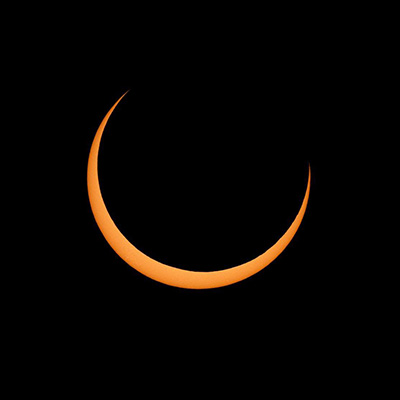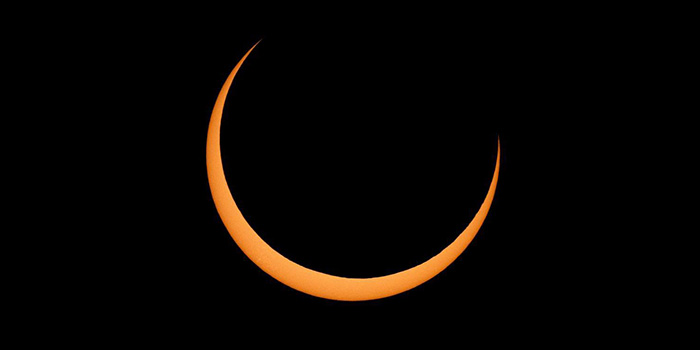Quiz Topic Sheet
Light and Shadow in the Sky
Many phenomena offer a unique and spectacular experience for skywatchers, from simple observation with the naked eye to the use of advanced telescopes for the finest details.
Advertisement
Astronomical phenomena
- Stars and constellations: Fixed points of light forming recognizable patterns.
- Planets: Visible like stars but with a glow that doesn't flicker, often brighter.
- Milky Way: Band of light crossing the sky, made up of billions of distant stars.
- Galaxies and nebulae: Visible to the naked eye under very good conditions or with a telescope, appearing as small luminous clouds.
- Meteors and meteor showers (shooting stars): Streaks of light created by debris entering the Earth's atmosphere.
- Comets : Visible with the naked eye or binoculars, characterized by their shiny hair and sometimes a tail.
Atmospheric phenomena
- Aurora (Boreal and Austral): Colored lights dancing in the sky, caused by the interaction between solar particles and the Earth's magnetic field.
- Rainbows: Spectra of light formed by the refraction, reflection and dispersion of light through water droplets.
- Halos, arcs and pillars of light: Luminous circles or pillars of light appearing around the Sun or Moon, caused by the refraction of light through ice crystals in the atmosphere.
- Lightning: sudden, bright electrical discharges during thunderstorms.
Phenomena related to artificial objects
- Satellites: Points of light moving regularly across the sky, including the International Space Station (ISS), which is particularly visible.
- City lights and light pollution: Although technically not a natural phenomenon, light emanating from urban areas can illuminate the night sky, reducing the visibility of stars.
Occasional events
- Solar and lunar eclipses: Rare occasions when the Moon passes between the Earth and the Sun, or when the Earth passes between the Sun and the Moon, casting a shadow that partially or totally blocks the sunlight.
- Transits and occultations: Moments when one celestial object passes in front of another, such as a transit of Venus in front of the Sun or an occultation of a star by the Moon.
Further Information
Advertisement
Quiz questions preview
-
How does sunlight affect tides?
It influences the movement of marine organisms | It has no direct impact | It raises sea levels as glaciers thaw | It increases water salinity -
A phenomenon produced by the reflection of sunlight on the dust particles between the planets.
Zodiacal light | Interplanetary halo | Cosmic mist | Interstellar glow -
What is the origin of the ashen light that illuminates the new Moon?
Ice | Lunar rocks | Sun | Earth -
In which direction do we see comet tails extending?
Opposite the Sun | On its orbit | To Earth | To the sun -
Why is the Sun brighter at noon than in the morning or evening?
Light has less atmosphere to pass through | Earth's inclination decreases | The Sun is closer to the Earth | Clouds are higher


